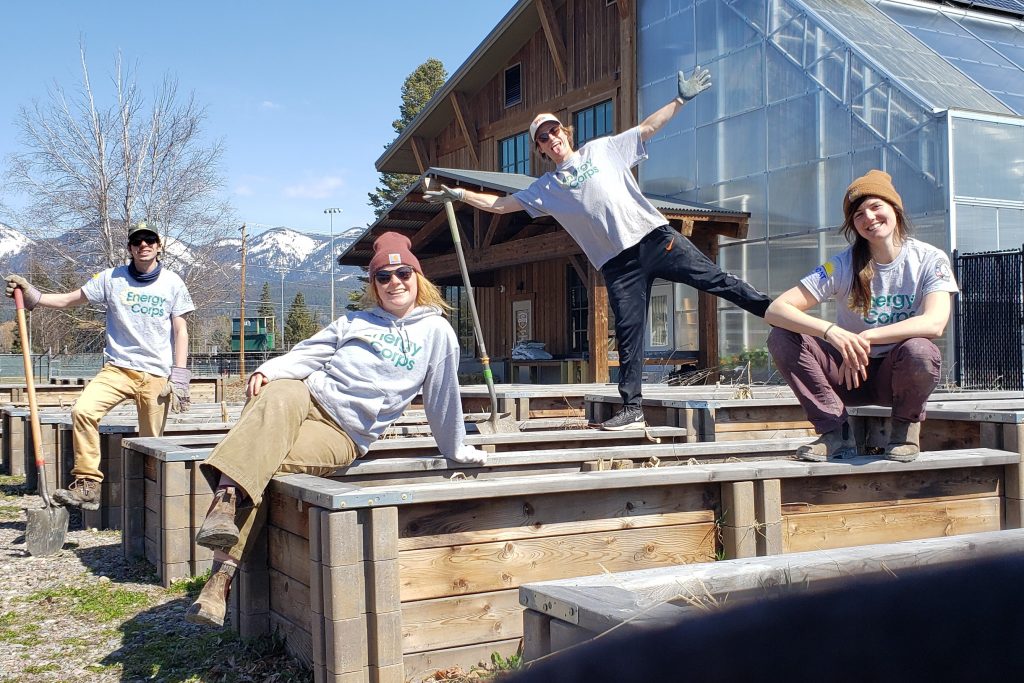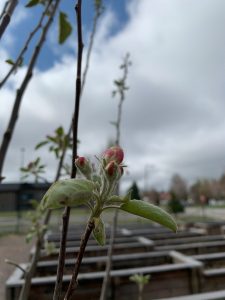By Casey Brandon
With warmer weather comes one of my most favorite parts of the year- spring blossoms, and the first sights of bees pollinating. As the various dandelions start popping up across my front lawn, I cannot help but appreciate the little things that this time of year brings. Dandelions are a bee’s best friend, as they provide an early opportunity for the bees of the world to pollinate, helping to kickstart the color and beauty that summer flowers and vegetables bring us. While many homeowners consider dandelions a threat to their precious green and manicured lawn, this is not the case. Dandelions are an important, if not necessary part of our spring ecosystem. As my service has moved to primarily remote, life has seemed to slow down. Subsequently, I’ve had the opportunity to appreciate the smallest details in life, such as the bees in my yard, or the wildflowers blooming on the hillsides here in Missoula.
A highlight of the past month, undoubtedly, was my day spent in Whitefish with fellow Energy Corps members Althea, Sammie, and Zack planting eighteen different trees at the Whitefish School where Sammie and Althea are hosted. This was a good way to express my feelings towards the start of spring, and have a tangible contribution to the blossoming of new plants in the world. There is something particularly rewarding about planting a tree. As an environmentalist, I have always recognized the importance and value that trees play in the world. They provide us with oxygen, they provide various insects and birds with a place of habitat, and a source of food in many cases. Aesthetically, they provide the world with visual beauty, a place to sit and read, and pleasant scents.
While the Whitefish School District is currently out of commission, and the little helpers that Sammie and Althea were accustomed to are stuck at home in quarantine, the work that needs to take place still remains. I was more than happy to take the chance to not only get out of Missoula for the day, but to do something that I believe to be important and fun- tree planting.
For those who might not know, there is a particular way in which trees need to be planted, and it is very individual to the tree at hand. Factors such as the depth and width of the roots, the quality of the soil, and the species of the tree all influence the process. Althea was the master tree planter, and helped guide us in this process. We were planting various types of trees, consisting primarily of different species of plum trees. Each tree necessitated a hole of, on average, about two to three feet deep. Given the nature of the soil, we needed to add a small amount of compost (organic, nutrient rich soil), to encourage the growth of the tree. We then filled the hole back in with the previously removed dirt, and covered it with mulch to retain water.
After eighteen trees, I left Whitefish feeling fulfilled, happy to spend time outside of Missoula, and happy to be part of the contribution of spring here in Montana.








